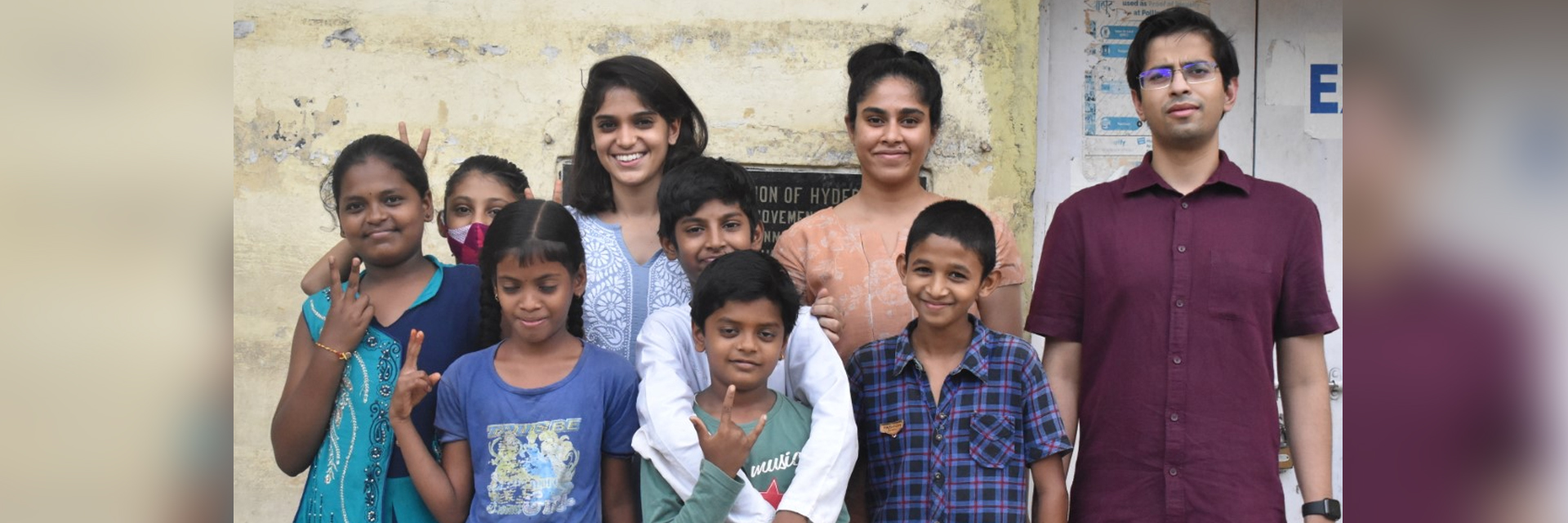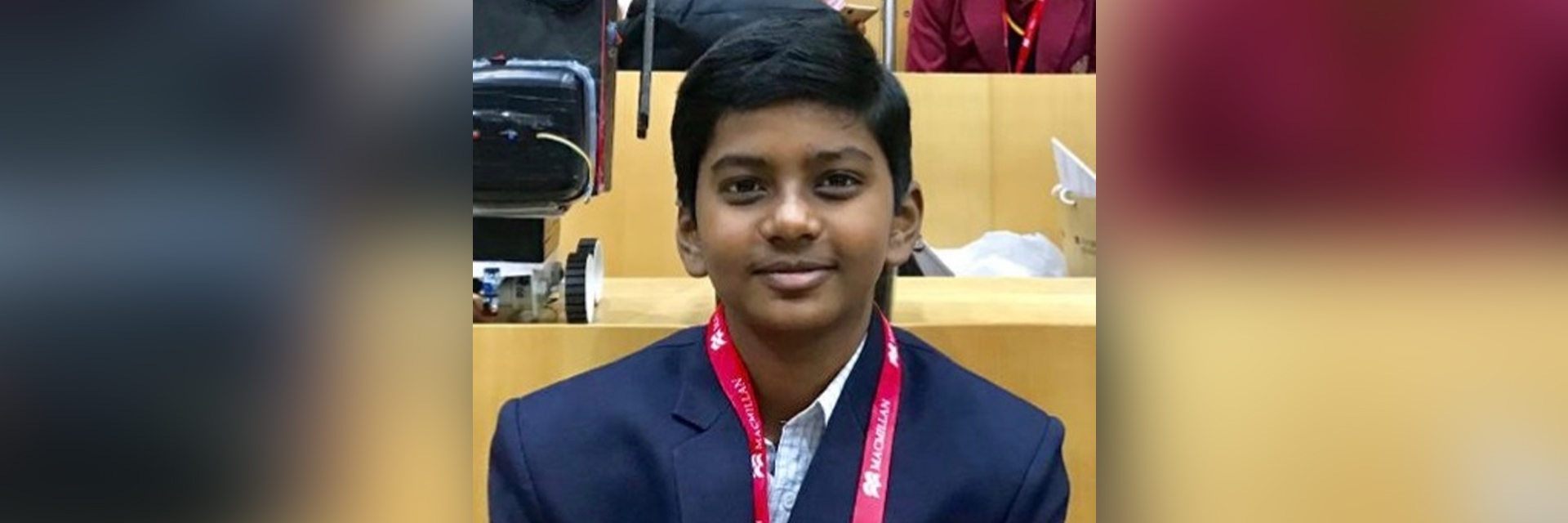(March 9, 2022) As a female Stem student, entering the hallowed corridors of Stanford University, Aashna Shroff was surprised to find that she was outnumbered by her high-achieving male peers. Understandably daunted, Aashna found that her peers and faculty at Stanford were awake to the problem. Professors and colleagues actively advocated for women in technology, unlike in India. This ability to acknowledge a problem, find a solution, impressed Aashna enough to want to give a little back. She and a few classmates from Stanford founded Girls Code Camp, an initiative to teach lower-income students how to code a few years ago. Aashna, worked with 12 schools, 30 classrooms, to enhance education in Hyderabad, making it a more practical and problem-solving methodology for over 1,200 students. Today, Shroff, now 26, continues to work with 30 children in bastis around her city, transforming education to create innovative minds. She is also working with 900 students in 10 schools.
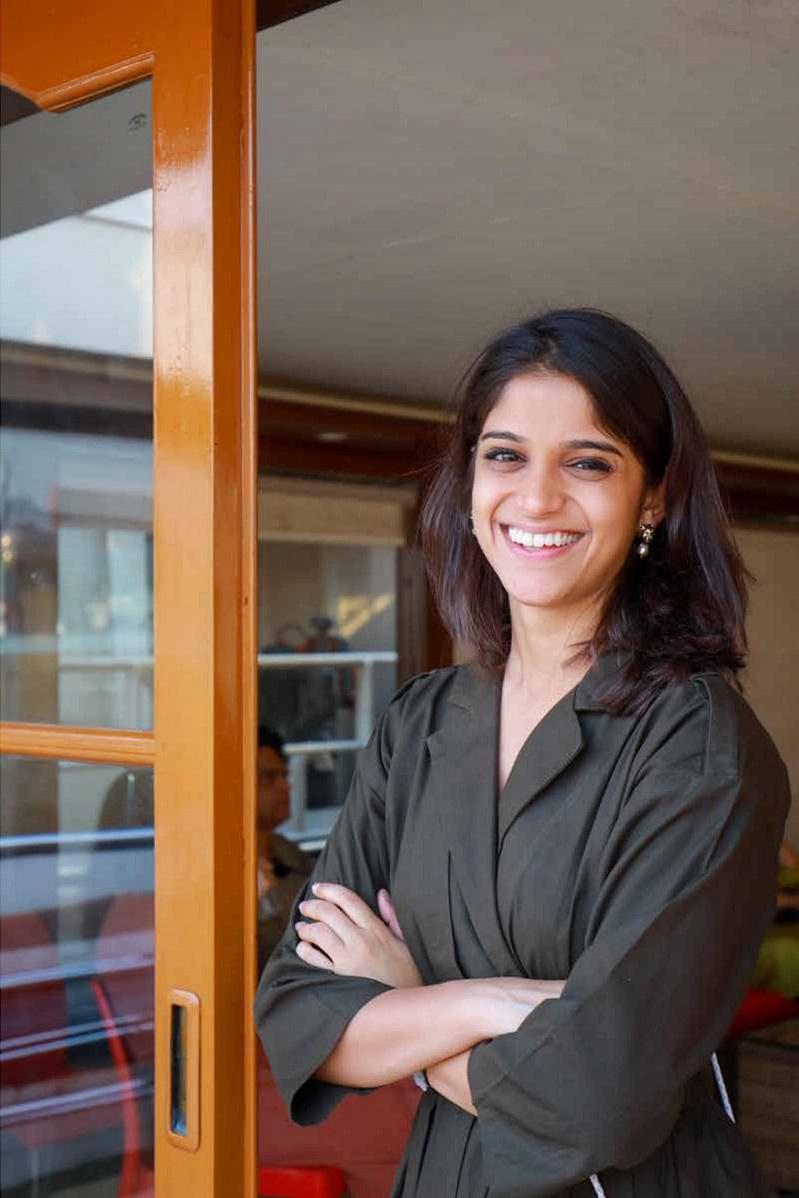
The girl who learnt to code
Growing up in Hyderabad, she schooled at Chirec International School. The perfect all-rounder, she had a learning temperament. “I was basketball team captain, choreographed school performances, built rockets, and was just excited to learn,” says Aashna Shroff, in an interview with Global Indian Youth. In high school, her sister, studying at MIT, would send her lectures and material being taught, which Aashna devoured almost ferociously. “I think those videos are what spurred my interest in education,” Aashna says.
Hugely grateful to her parents (in the fashion industry), who moved from Guwahati to Assam before she was born, she says, “They’ve worked immensely hard to give my sister and I a life of privilege and comfort. I’ve had front-row seats to see how hard they worked to send us to better schools so we could pursue our passions.”
Innovation at Stanford
When Aashna studied computer science economics at Stanford University, it brought her face to face with innovation. There, a younger Aashna explored all the computer science courses Stanford had to offer till 2017. “It was at Stanford my identity as a woman in stem became apparent,” she explains. Being a minority in a class with highly accomplished young men was overwhelming. “However, I was fortunate enough to be a part of several classes and clubs where professors and peers advocated for women in technology,” she explains. This enforced her belief about what good learning looks like – “the best learning experiences are those when students are equipped with agency, a sense of purpose and peer communities,” she adds.
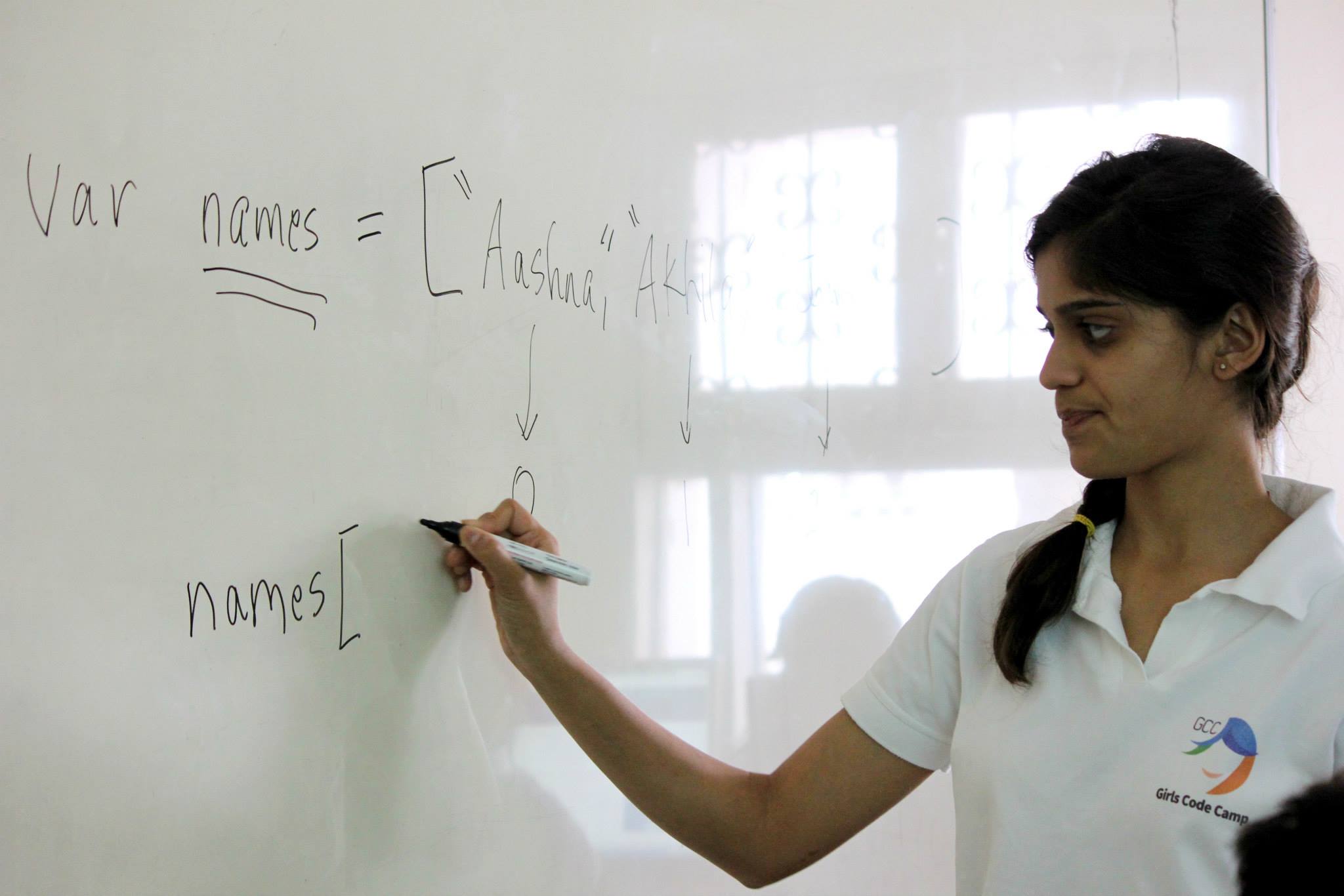

During her time there, she worked at the robotics lab when she became curious about a haptic device students were working on. “I got to help in a haptic device research project which was used to help medical students perform ear surgery,” she recalls.
When young girls code
The “stark difference between two learning styles” made Aashna “determined to take action, to give young women in India the chance to be the next technological change-makers.” Thus, as an undergrad, she and a group of Stanford students came back to her high school in Hyderabad and taught a few eighth grade girls how to code. It soon transformed into a huge project. Getting an impetus when Aashna and her team won a $100,000 grant – from external organisations, CSRs and the Haas Center for Public Service. The Girls Code Camp was started in 12 more schools, and hundreds of middle school students were imparted knowledge.
The tinker revolution
In her “hands-on tinkering” camps, Shroff witnessed some low-income students tinker with technology to solve problems. During her masters, Shroff also travelled to Brazil and India on behalf of Stanford to research and build affordable tools that foster technological curiosity while combining it with students’ intellectual passions, culture, and local knowledge about how to build and make things.
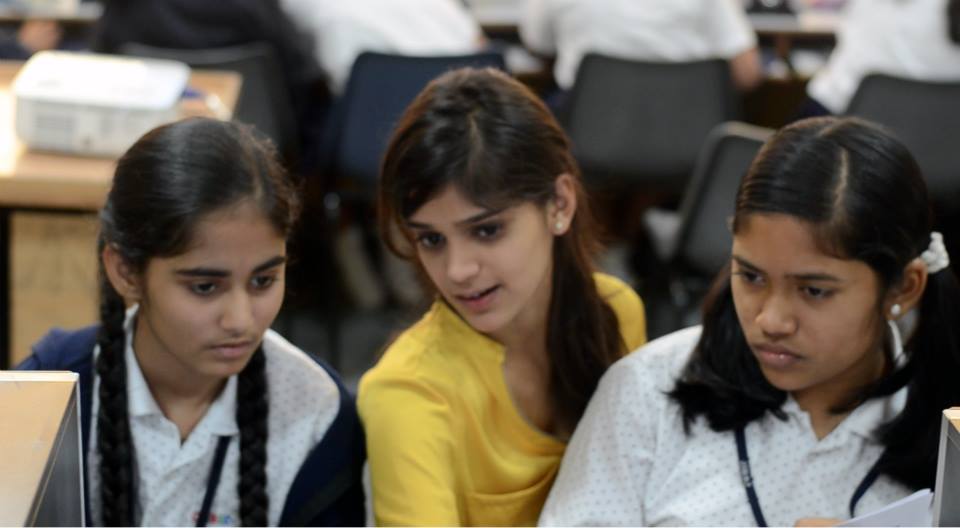

“My work during my masters, with my advisor Paulo Blikstein, reiterated how one can design learning experiences and tools to enable students to problem solve, take risks, and influence and inspire others,” she says, adding, that she kept in touch with a student through email, who today, has a master’s degree in computer science, and wants to start a Girls Code Camp in her community. “This is exactly what I’d hoped for – for students to be impacted in such a meaningful way, and then pass it on,” Aashna remarks.
Return to India
Armed with new technologies and learning approaches, when she came back to Hyderabad, the pandemic upended life. Not for Aashna though, who during lockdown taught students from a neighbourhood basti who were out of school during the pandemic. She worked with about 30 children from various grades. This was also when she confronted her biggest challenges. “I’m currently working with about 30 classrooms (900 students) in 10 schools that are a mix of government and affordable private schools. Students who are behind never get a meaningful education because of the obsessive focus on passing exams, so teachers have limited time, and motivation,” laments the coding pro who loves walking her dog, and doing CrossFit.
Now focused on fixing the foundational literacy problem in India, school by school, Aashna is spreading hope. “I have created different levels of learning within a single textbook, so students can access the same content but at their own pace,” she explains.
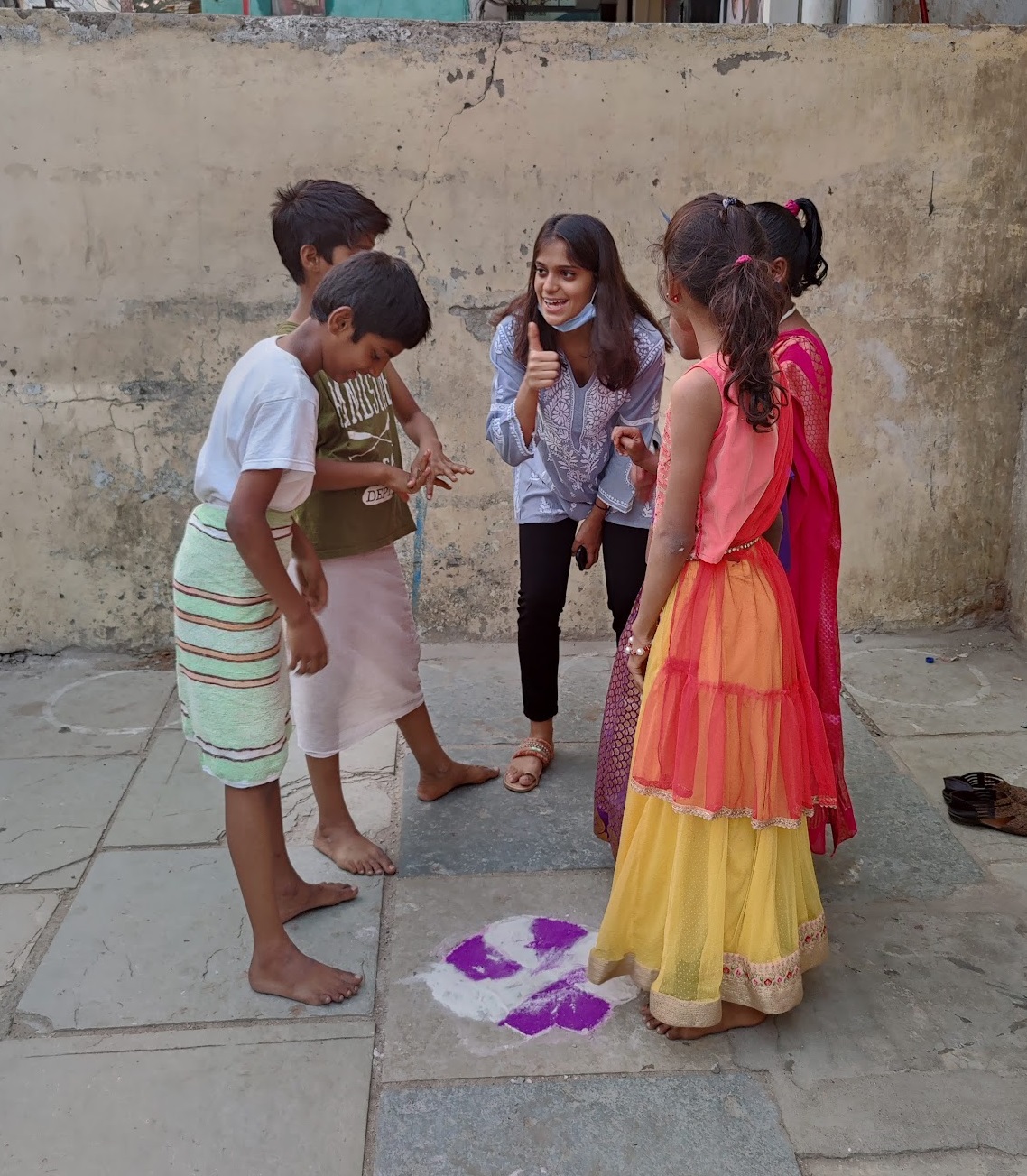

Currently testing her content programme in schools, she plans to build a reading app to help students have fun while reading. “Think of it as your buddy who listens to young readers and offers them help as they read,” says Shroff.
Tech to solve real-world problems
Her ultimate goal is to design educational technology to nurture real-world problem solving and innovation for students of low-income backgrounds — for the inventors who never stepped into a classroom, creators whose inventiveness is unexploited, and curiosity-seekers who are eager to re-discover and re-invent the world. And she’s already doing an incredible job.

